Have you ever noticed your cat suddenly curling up on your lap after a stressful day, or weaving between your legs when you’re feeling down? It almost seems as if they have a sixth sense, tuning into your emotions and responding in mysterious ways. But what if the tables are turned? What if your cat isn’t just reacting to your moods—they’re using you to manage their own? The idea might sound a little wild, but recent research and countless cat owners’ stories suggest there’s more to our feline friends than meets the eye. Prepare to be surprised, amused, and maybe even a little bit suspicious as we dive deep into the curious connection between cats and their humans.
The Surprising Science Behind Cat-Human Bonding

Cats have a reputation for being independent, but science is beginning to reveal a different story. Studies show that cats form strong attachments to their owners, much like children do with their parents. This attachment isn’t just about food or shelter—it goes much deeper, often resembling the bond between a baby and their caregiver. When cats are stressed, anxious, or unsure, they often seek out their human for comfort. If your cat follows you from room to room or meows when you leave, they might be using you as an anchor to help them feel safe in a sometimes unpredictable world.
Why Do Cats Seek Out Human Comfort?

It’s easy to think that cats are aloof, but anyone who’s owned one knows that’s not always true. When cats snuggle up to their humans, they could be looking for more than just warmth. Cats have scent glands on their bodies, and when they rub against you, they’re marking you as “safe territory.” This behavior is soothing for them and helps regulate their emotions. In stressful situations, such as thunderstorms or loud noises, cats often run to their favorite person for reassurance. Your presence, your voice, even your scent can be enough to calm their nerves.
Emotional Mirroring: Do Cats Reflect Our Feelings?

You’ve likely heard that dogs can sense human emotions, but what about cats? There’s growing evidence that cats are experts at reading our moods. They watch our facial expressions, listen to our tone of voice, and even pick up on our body language. If you’re feeling sad or anxious, your cat might become more affectionate or clingy. On the flip side, if you’re energetic and happy, your cat may engage in more playful behavior. It’s almost as if they have an internal “mood radar” that helps them tune into your state of mind—and use it to regulate their own.
The Comfort of Routine: How Cats Use You as a Safety Net
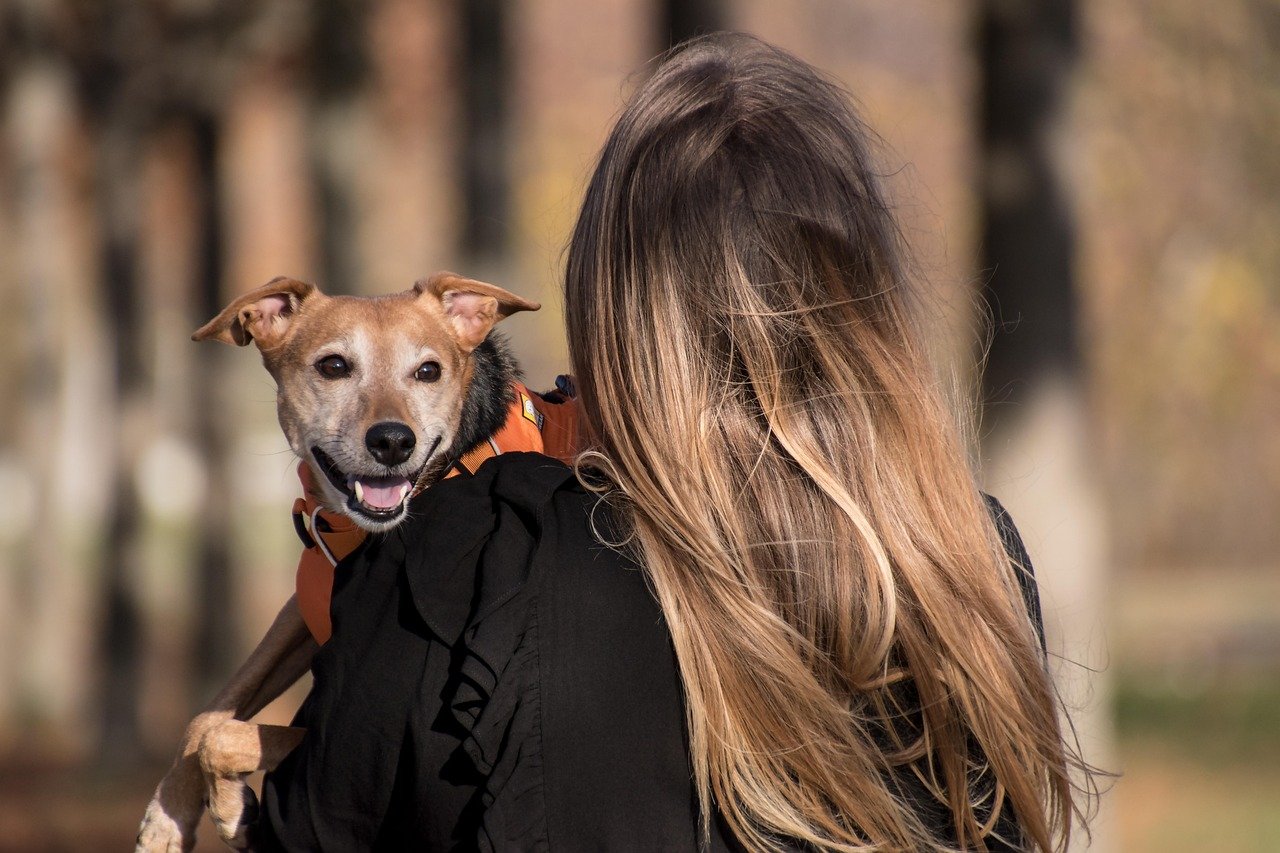
Cats thrive on routine, and you are a huge part of that routine. Your daily habits—waking up, feeding times, bedtime—create a predictable environment that cats find comforting. When you’re around, their world feels stable and safe. If you break the routine, such as going on vacation or coming home late, you might notice your cat acting out or seeming a little off. They may seek extra cuddles or follow you more closely, using your presence to help them adjust and get back to their emotional baseline.
Touch and Affection: More Than Just a Cuddle
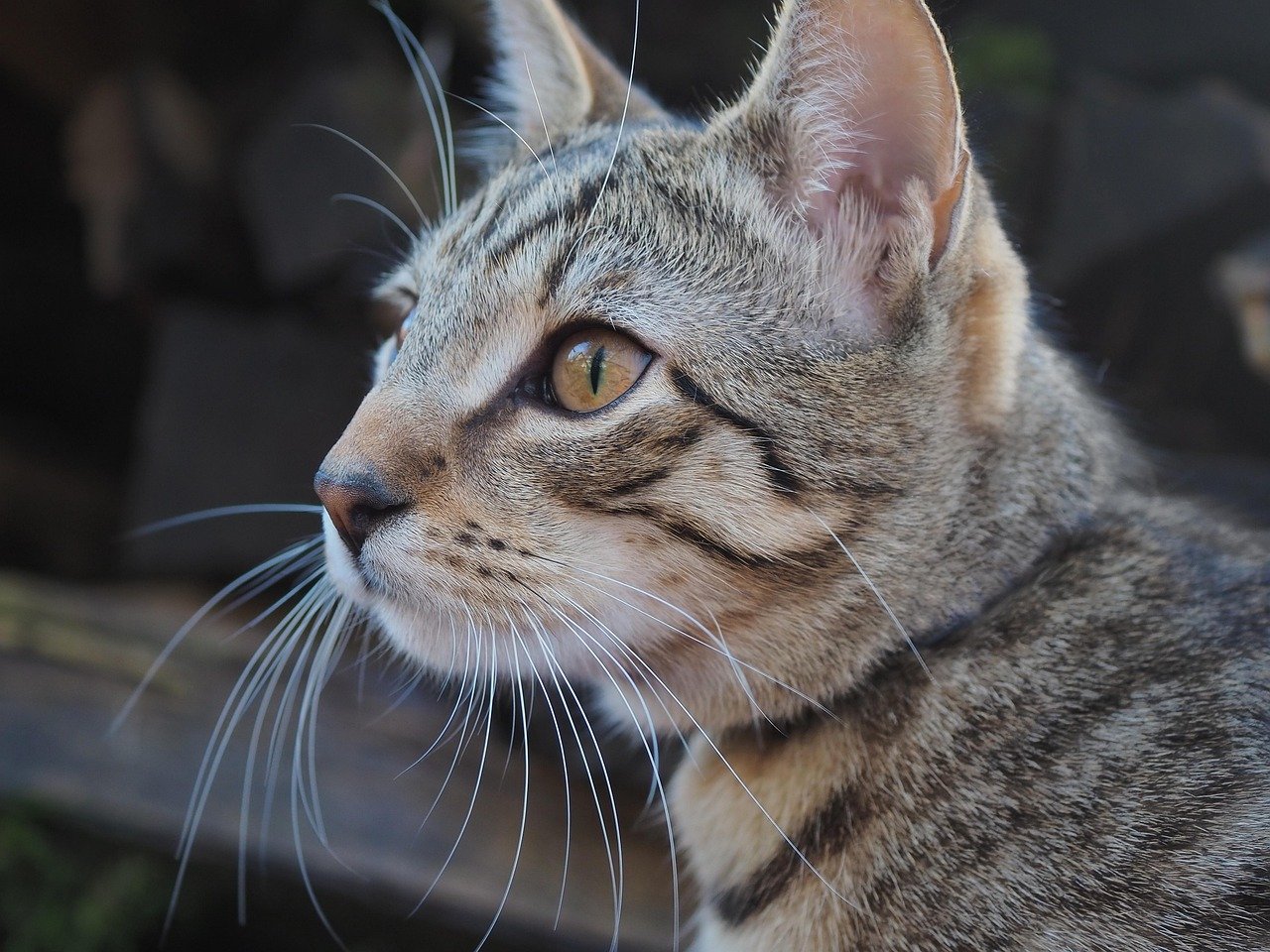
When your cat curls up beside you, kneads your lap, or stretches out for a belly rub, it’s not just about loving you—it’s about feeling good. Physical touch releases oxytocin, the “cuddle hormone,” in both humans and cats. This hormone reduces stress and builds feelings of trust and safety. Your cat may instinctively seek out this comforting touch when they’re feeling out of sorts. In some ways, you’re like a living, breathing comfort blanket for your furry friend.
Stress Relief: How Cats Use Humans to Calm Down

It might sound funny, but you’re basically a stress ball for your cat. When life gets overwhelming—think fireworks, new pets, or visitors—cats will often look for their human as a source of calm. Sitting on your lap, being petted, or simply lying next to you can help lower their heart rate and ease their anxiety. Some cats even purr more loudly or knead more intensely when they’re stressed, as these actions, combined with your presence, help them self-soothe.
Communication: The Subtle Ways Cats Ask for Emotional Support
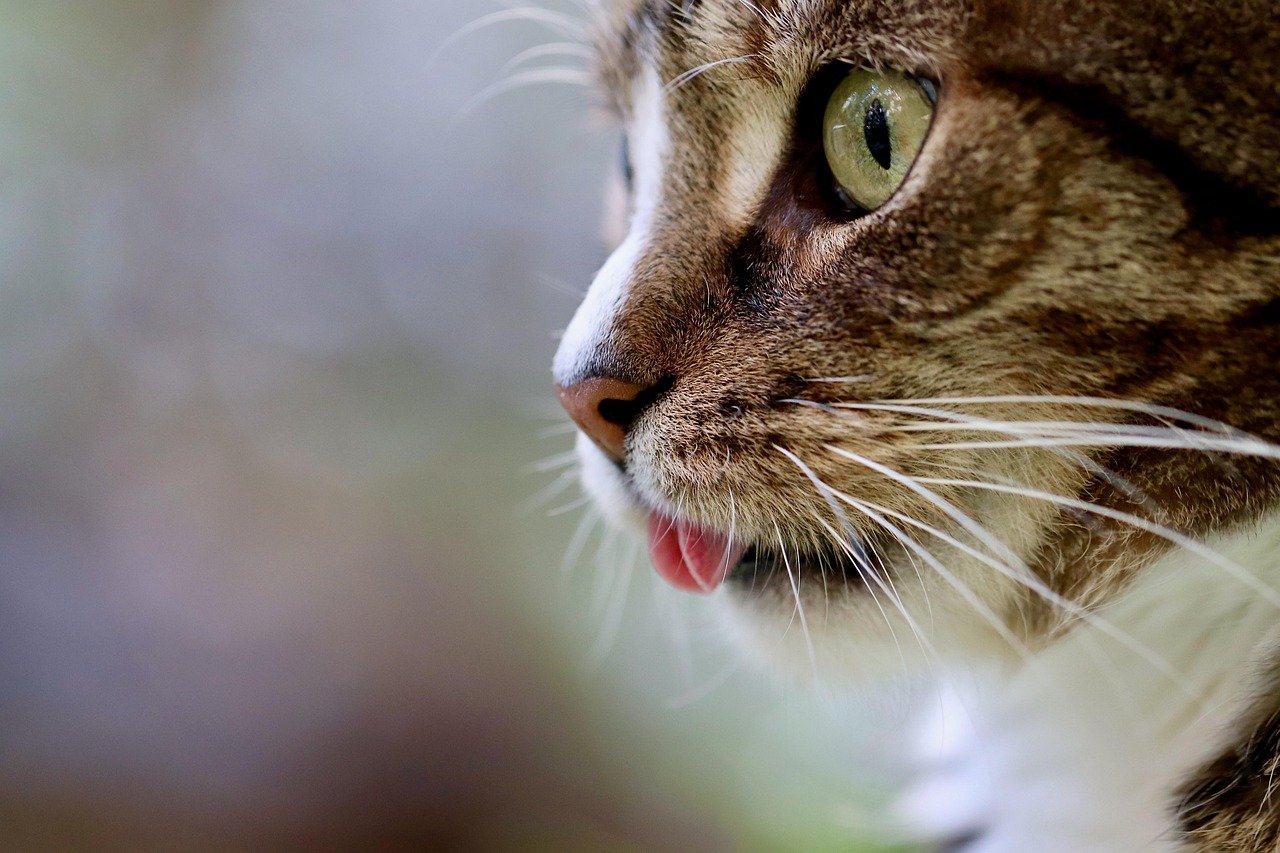
Cats might not speak our language, but they’re experts at getting their message across. A slow blink, a gentle headbutt, or an insistent meow can all be signals that your cat needs a little extra comfort. By responding to these cues—whether with a pet, a cuddle, or just your attention—you’re helping your cat regulate their mood. Over time, your cat learns that you’re a reliable source of emotional support, and they’ll keep coming back to you when they need it most.
Playtime as Emotional Therapy

Ever noticed your cat suddenly zooming around the house or attacking a toy with wild energy? Play isn’t just fun—it’s an important way for cats to release pent-up emotions. Engaging with you in playtime helps cats burn off stress, frustration, and boredom. Your participation makes the experience even more beneficial, as play strengthens your bond and reassures your cat that all is well. In a way, you’re both a playmate and a therapist, helping your cat regulate their emotional ups and downs.
Food and Treats: Reward or Reassurance?
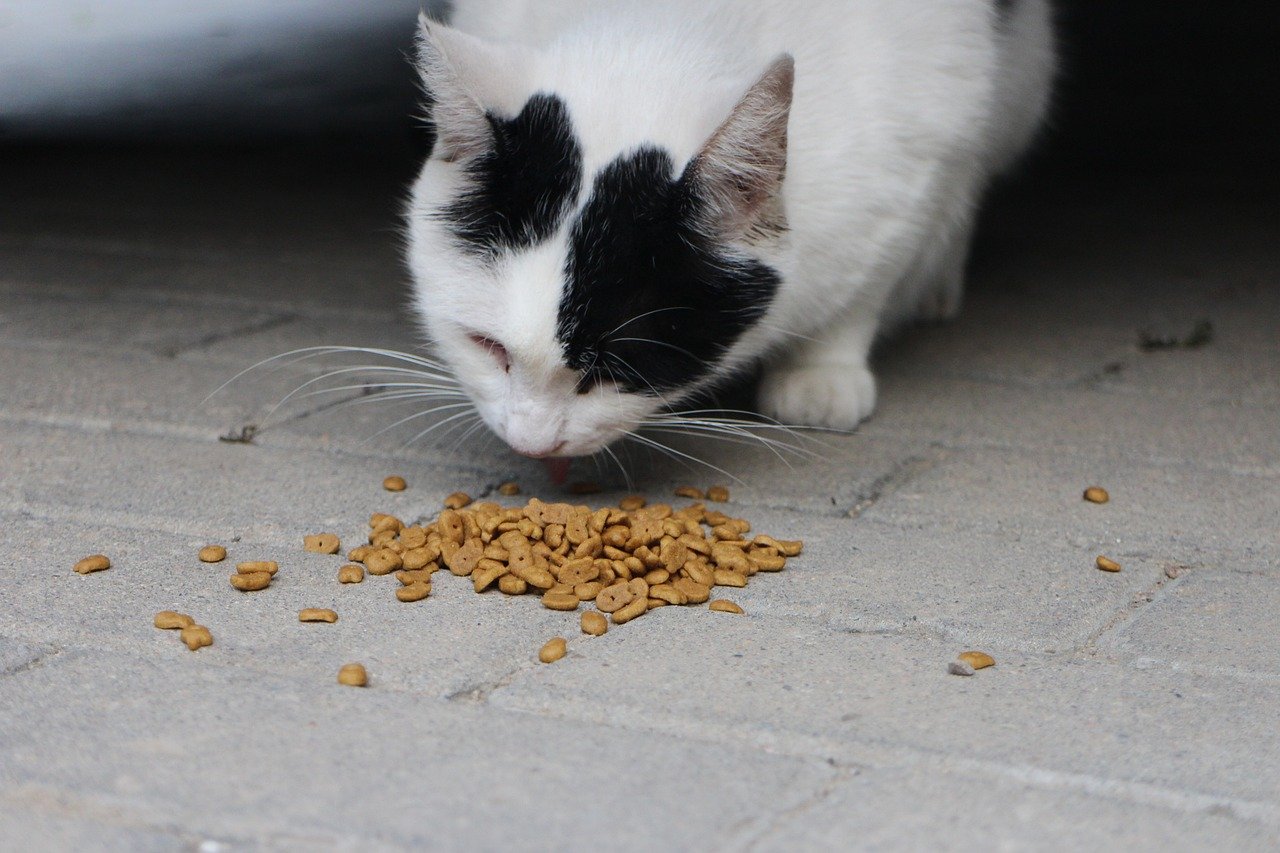
When your cat begs for a treat or waits by the food bowl, it’s easy to see it as simple hunger. But food can also be a powerful emotional tool. Sharing treats or meals with you is a comforting ritual for many cats, signaling safety and togetherness. Sometimes, the act of eating with you nearby is more about reassurance than nutrition. If your cat eats more or less when you’re not around, it could be a sign that they’re using food—and your presence—to help manage their feelings.
Hiding and Seeking: When Cats Need Space—Or Company

Cats are experts at disappearing when they’re overwhelmed. But even in hiding, they often keep tabs on you. Some cats will peek out from under the bed or come running as soon as you call. This balance of independence and dependence is how cats regulate their mood—they retreat to feel safe, but seek you out when they need emotional support. If your cat alternates between hiding and snuggling, they’re probably using you to help them find the right emotional balance.
Nighttime Behavior: Why Your Cat Wants to Sleep With You

Do you wake up to find your cat curled up at your feet or nestled by your side? Sleeping close to you is a sign of deep trust, but it’s also a strategy for emotional self-regulation. The warmth of your body, the sound of your breathing, and the steady rhythm of your heartbeat all create a peaceful environment for your cat. This nighttime closeness can help reduce anxiety and make your cat feel secure, especially during long, quiet hours when they might otherwise feel vulnerable.
Jealousy and Competition: Emotional Games Cats Play

Introducing a new pet or even a new person into your home can send your cat’s emotions into a tailspin. You might notice them acting out—knocking things over, demanding attention, or even sulking. These behaviors aren’t just naughty—they’re ways your cat tries to regain a sense of control and emotional stability. By seeking more of your attention or marking their territory, your cat is using you to help regulate their feelings about the changes in their environment.
Vocalizations: When Your Cat Talks Back
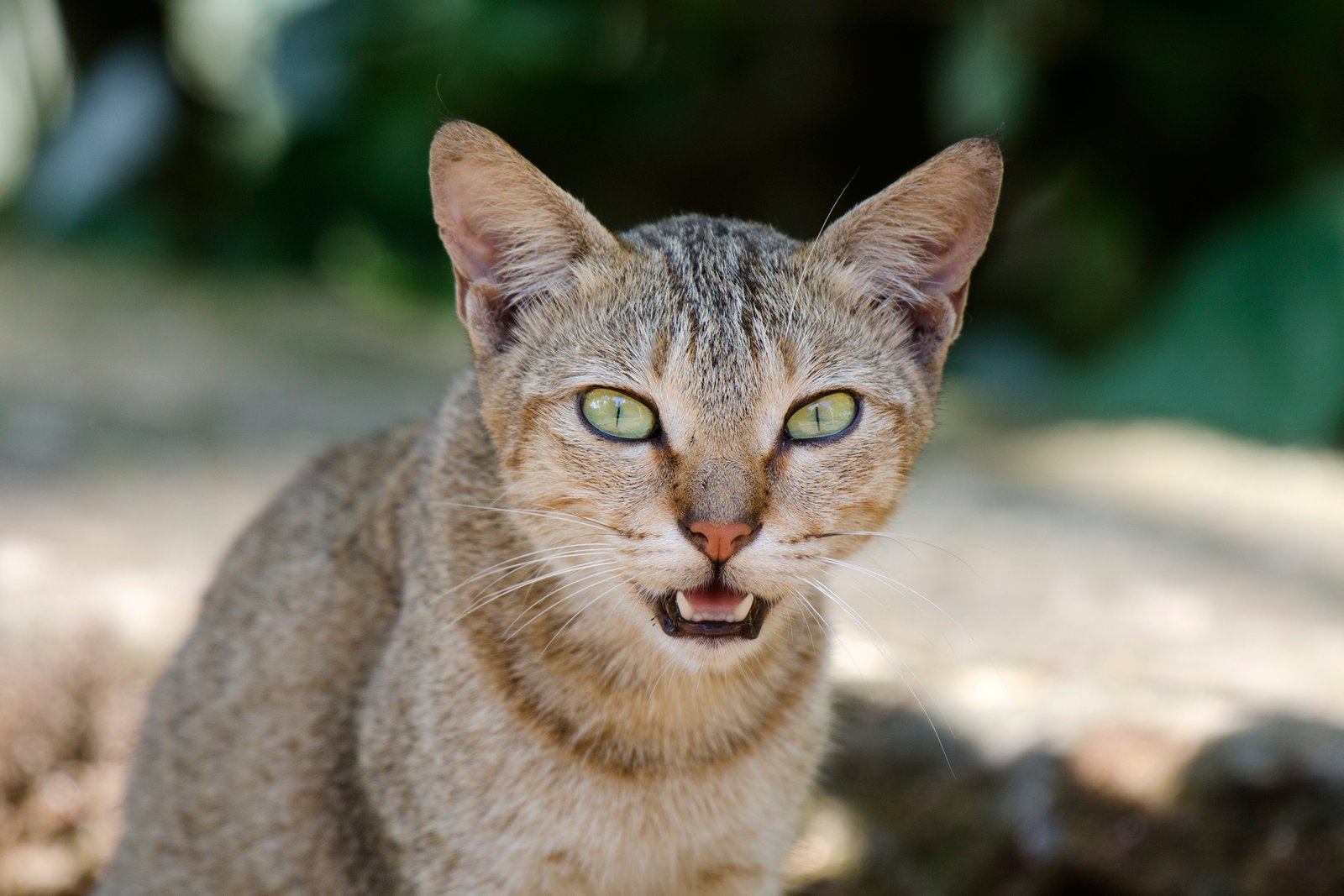
Cats have a whole language of meows, purrs, chirps, and growls, and they often direct these sounds at their humans. When your cat “talks” to you, they’re not just looking for food or play—they may be expressing their mood or seeking comfort. Some cats meow more when they’re stressed or anxious, hoping that your response will help them feel better. By listening and responding, you’re giving your cat the reassurance they crave and helping them manage their emotional state.
Body Language: What Your Cat’s Movements Really Mean
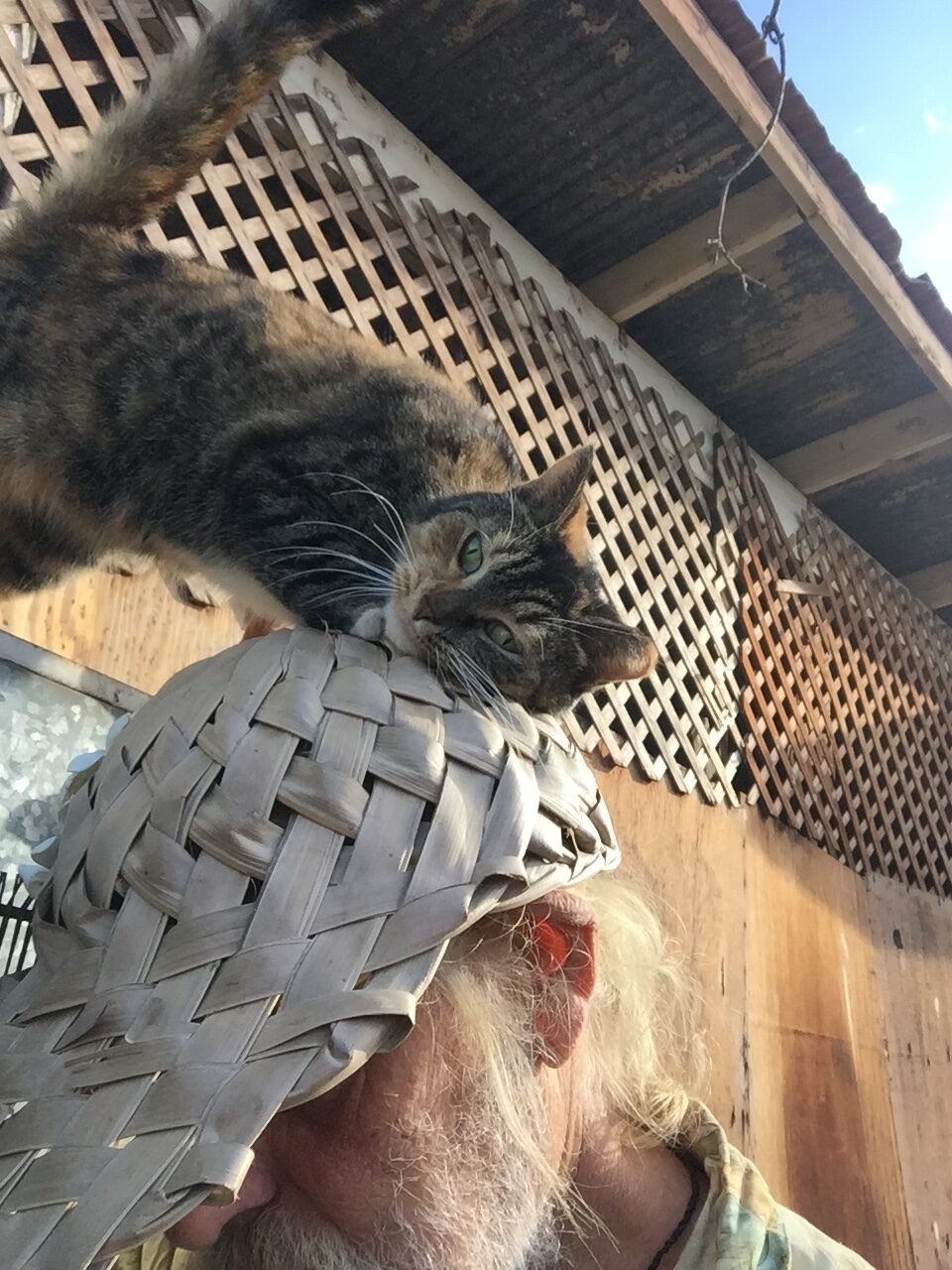
A twitching tail, flattened ears, or arched back can tell you a lot about your cat’s mood. But did you know your reactions play a role too? When you notice your cat’s body language and respond appropriately—by giving them space, offering a treat, or soothing them with your voice—you’re helping them navigate their emotions. Over time, this back-and-forth communication becomes a powerful tool for mood regulation, with you at the center of your cat’s emotional world.
Following You Everywhere: The Shadow Effect
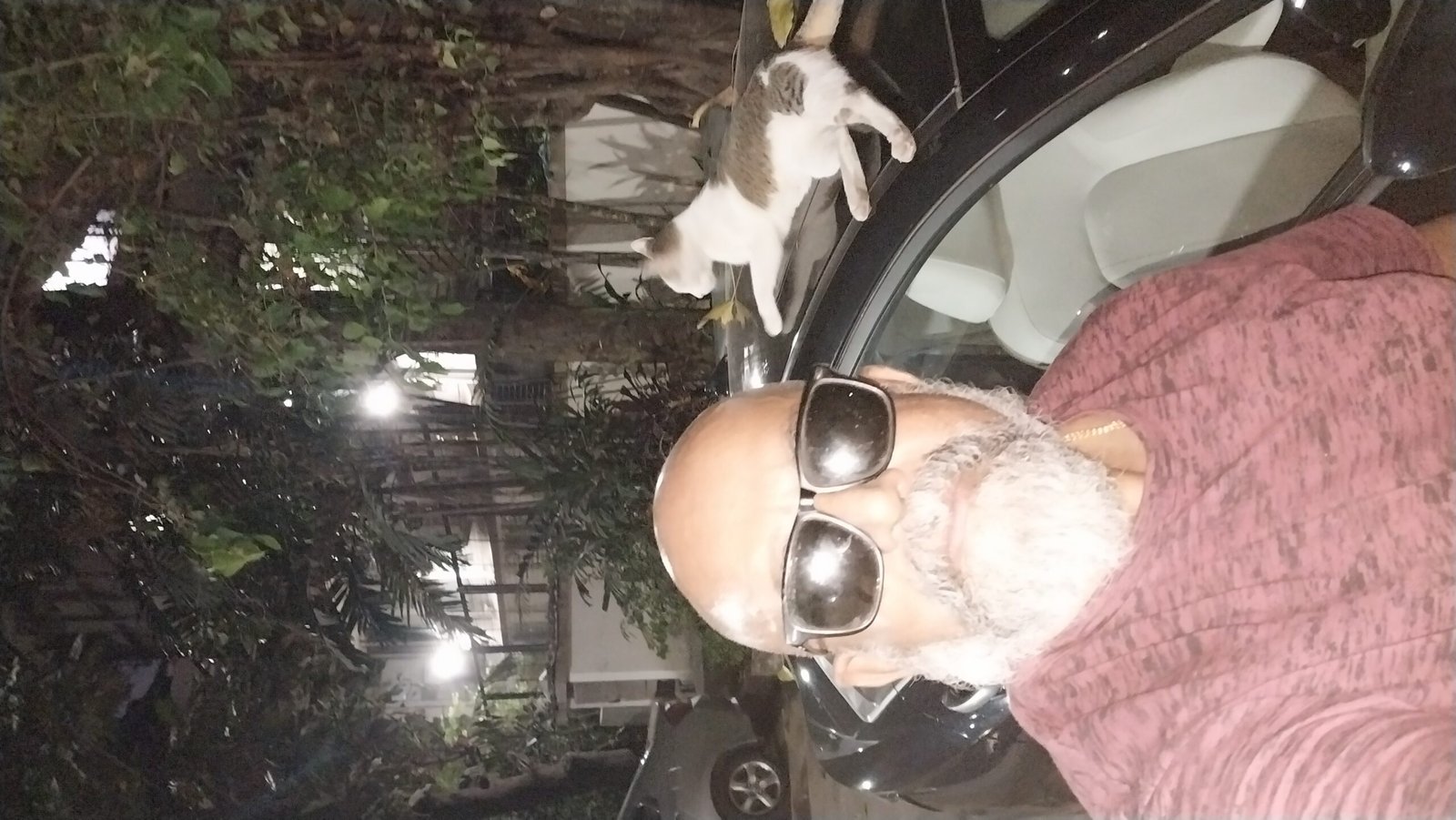
Some cats are like little shadows, following their owners from room to room. This behavior isn’t just about curiosity—it’s about feeling connected and safe. Your presence acts as an emotional anchor, reassuring your cat that everything is okay. If your cat becomes especially clingy during stressful times, it’s a clear sign they’re using you to help manage their mood. Your steady presence provides comfort in a world that can often feel overwhelming to a sensitive feline.
Purring: The Healing Power of Cat Vibrations

Purring is one of the most mysterious and comforting sounds in the animal world. While cats purr when they’re happy, they also purr when they’re anxious, in pain, or scared. Experts believe that the act of purring can actually help cats heal and calm themselves. When your cat purrs on your lap, they may be using your presence to amplify this self-soothing effect. In a sense, you’re like a “purr amplifier,” helping your cat find their emotional equilibrium.
Grooming Behavior: Sharing Stress Relief
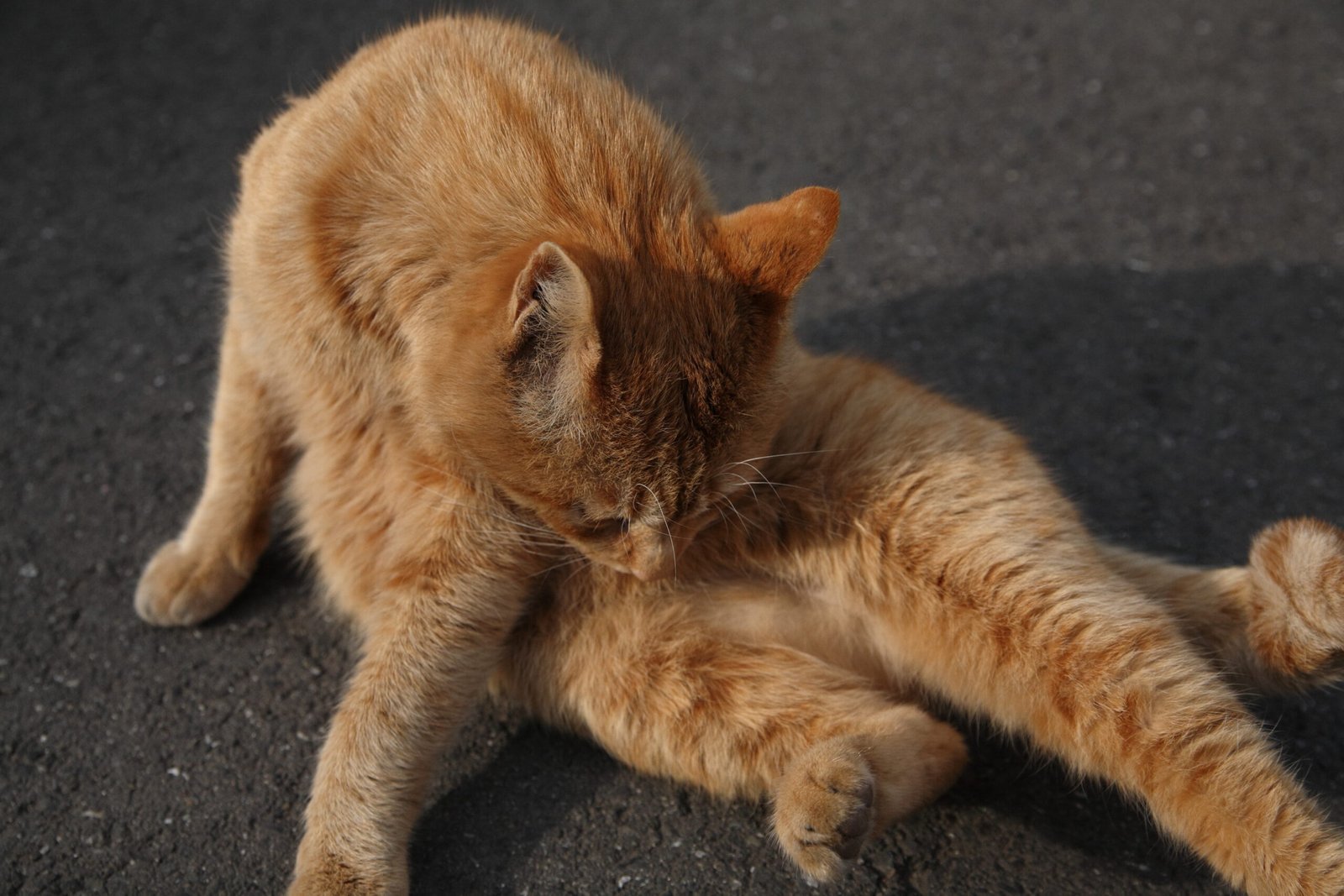
Cats are fastidious groomers, but sometimes they turn their attention to you, licking your hands or even your hair. This grooming isn’t just about hygiene—it’s a way for cats to bond and manage stress. Mutual grooming (even if it’s one-sided) releases endorphins, the body’s natural feel-good chemicals. When your cat grooms you, they’re not only showing affection—they’re using you as a tool to help calm their nerves and regulate their mood.
Attachment Styles: Is Your Cat Anxious or Secure?
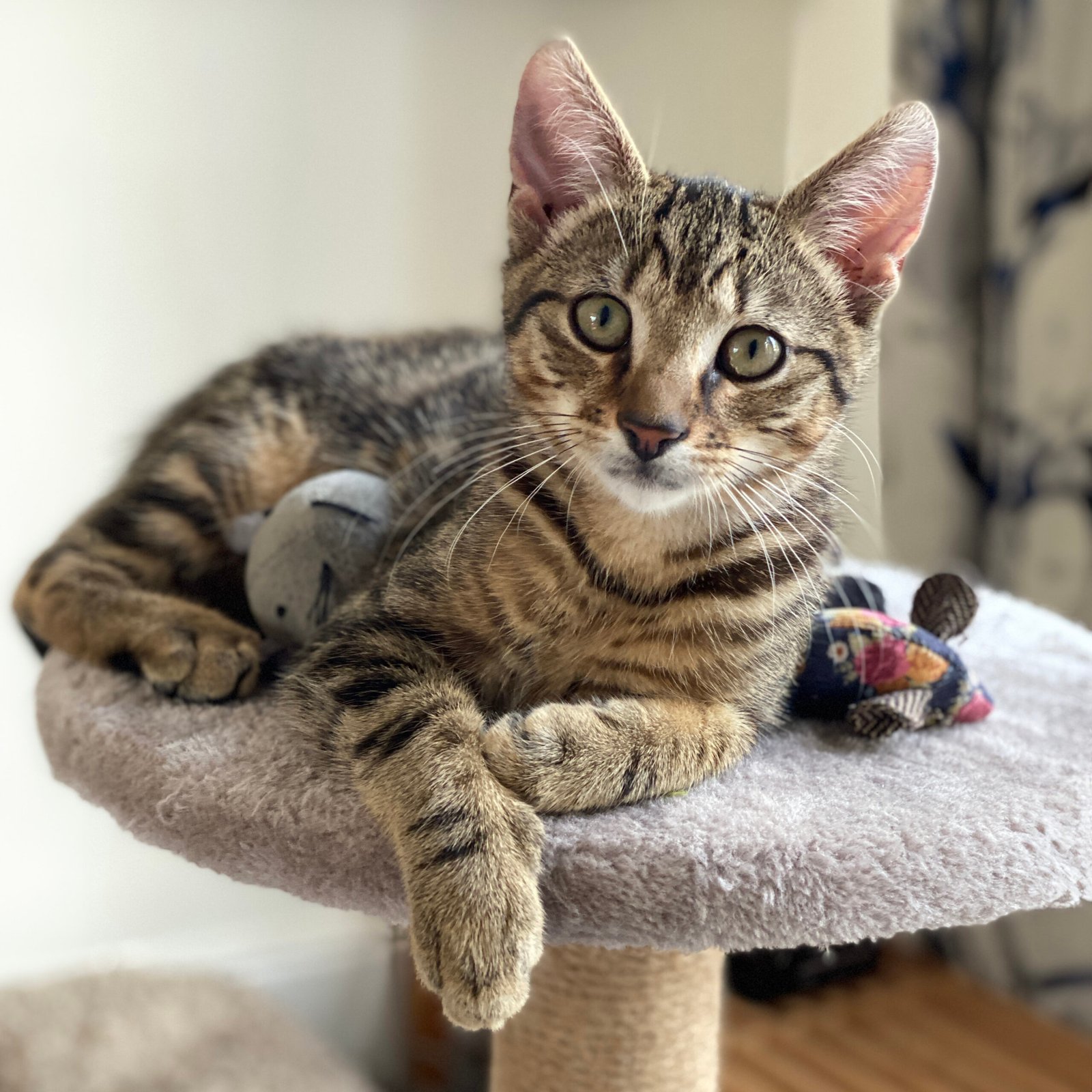
Just like people, cats have different attachment styles. Some are confident and independent, while others are more anxious and clingy. Cats with an anxious attachment may rely heavily on their humans to feel safe, seeking constant reassurance and becoming distressed when left alone. Recognizing your cat’s attachment style can help you understand why they behave the way they do—and how much they depend on you to help manage their moods.
Changes in the Home: How Cats Use You During Transitions

Moving houses, remodeling, or adding new members to the family can be incredibly stressful for cats. During these times, you might find your cat sticking to you like glue or acting more affectionate than usual. Your familiar voice, scent, and routines become a lifeline for your cat, helping them adapt to changes and regulate their emotions. By providing extra attention and stability, you help your cat weather the storm of uncertainty.
Senior Cats: Emotional Regulation in Their Golden Years
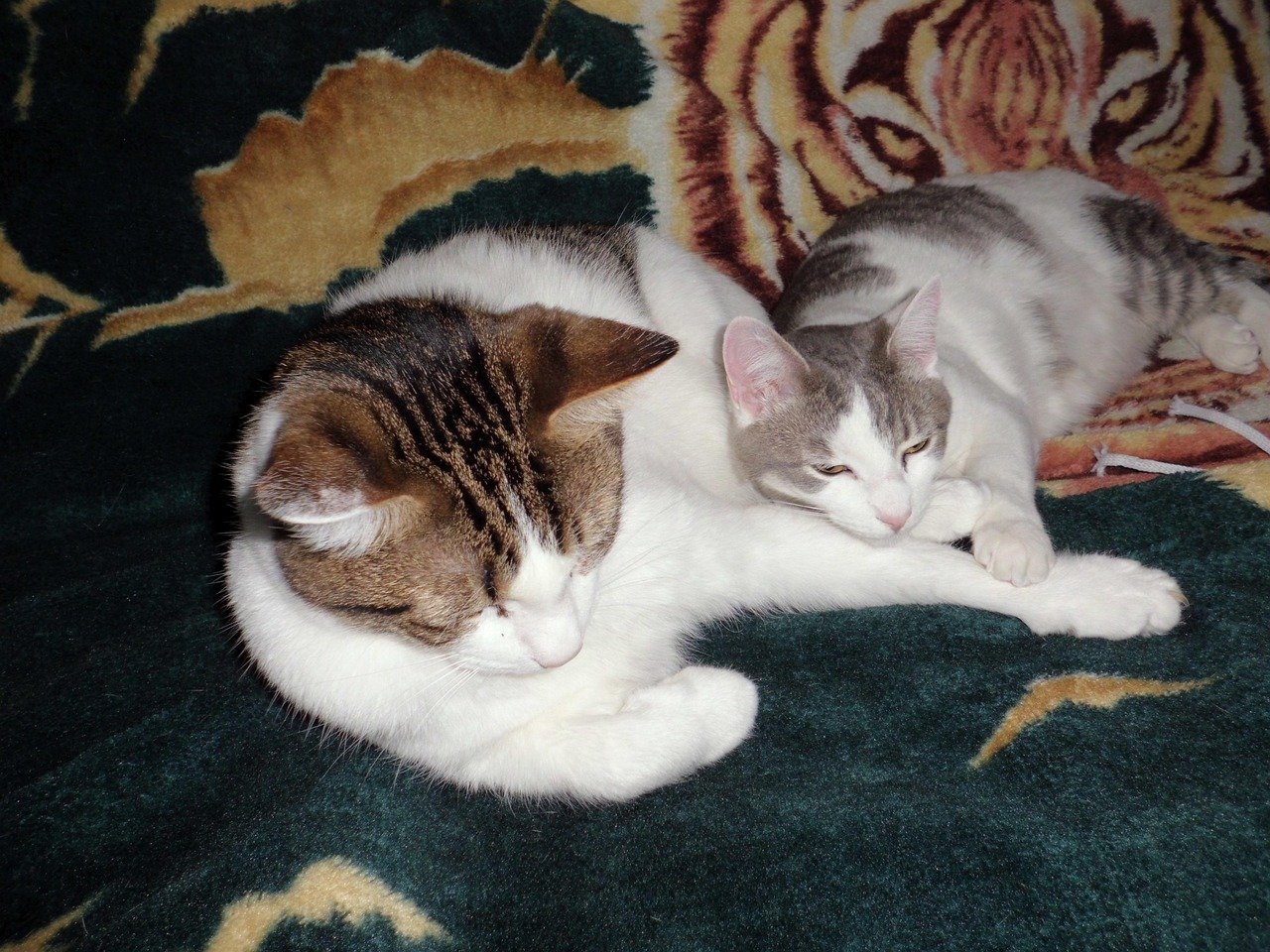
As cats age, they often become more attached to their humans. Older cats can feel more vulnerable and may experience anxiety or confusion, especially if their senses are declining. In their golden years, your presence becomes even more important for emotional regulation. Senior cats might seek more cuddles, vocalize more often, or follow you closely, relying on your companionship to help them navigate the challenges of aging with a sense of comfort and security.
What Your Cat Really Wants: Being Their Emotional Home Base
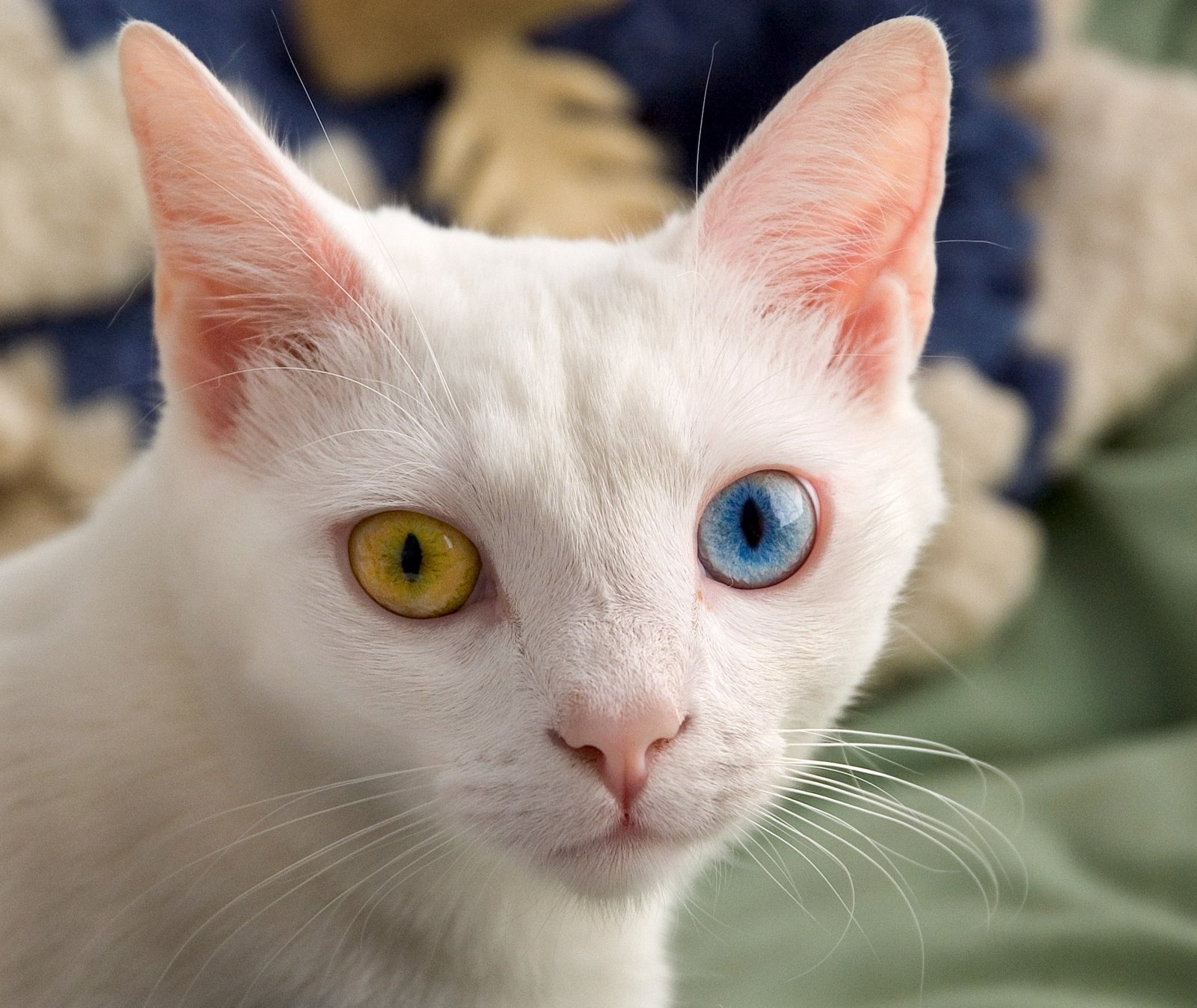
At the end of the day, cats may seem mysterious, but their needs are often simple. They want to feel safe, loved, and understood. By tuning into your cat’s signals and responding with care, you become their emotional home base—the one place where they can truly relax and be themselves. Whether it’s through a gentle pet, a shared nap, or a playful game, you’re helping your cat regulate their mood and find happiness in your company.
Hi, I’m Bola, a passionate writer and creative strategist with a knack for crafting compelling content that educates, inspires, and connects. Over the years, I’ve honed my skills across various writing fields, including content creation, copywriting, online course development, and video scriptwriting.
When I’m not at my desk, you’ll find me exploring new ideas, reading books, or brainstorming creative ways to solve challenges. I believe that words have the power to transform, and I’m here to help you leverage that power for success.
Thanks for stopping by, Keep coming to this website to checkout new articles form me. You’d always love it!






